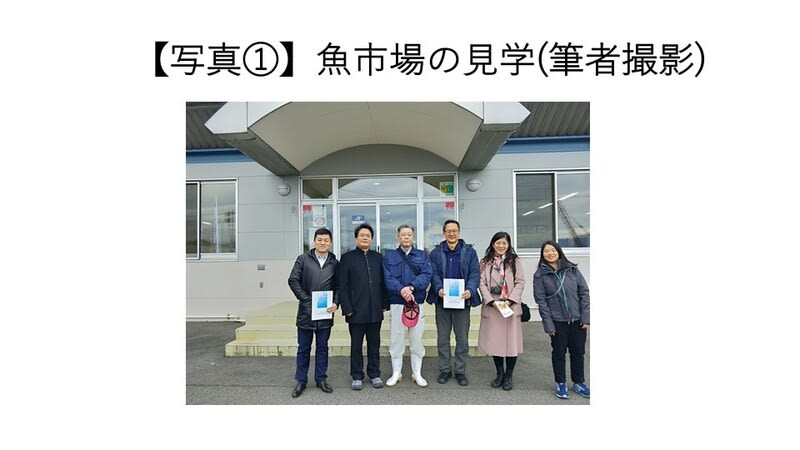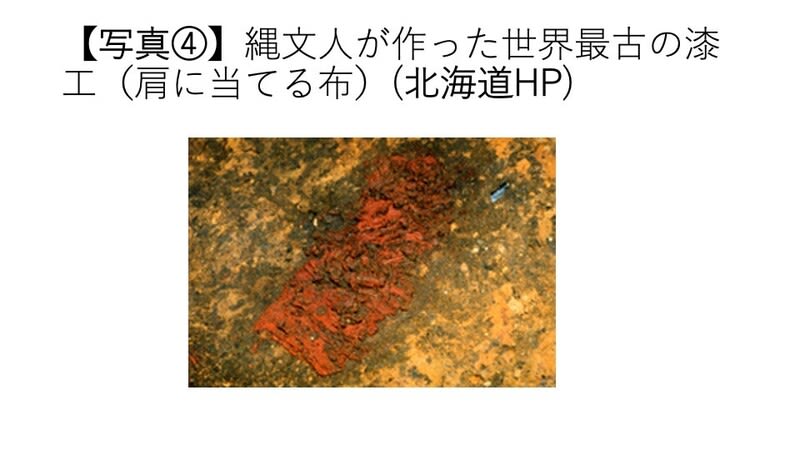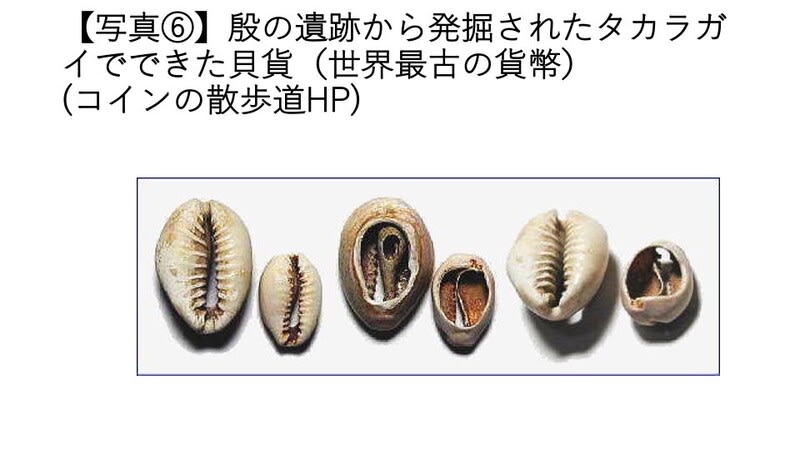Tokyo University of Marine Science and Technology’s
Aquatic and Marine Environmental Literacy Promoting Program
Tsuyoshi SASAKI
Tokyo University of Marine Science and Technology
Abstract - Marine technical education is strongly conducted, but there have not been systemic and systematic engagement to enhance common ideas for oceans. For that reason, many Japanese people now lack knowledge related to the ocean. Tokyo University of Marine Science and Technology publishes Aquatic, Marine Environmental Literacy (AMEL). Not only scientific knowledge, but also traditional and ecological knowledge were built in AMEL. Making AMEL can open comparison with marine science and national science standards. Such a revolution will be extremely meaningful to set up marine science in formal education.
- INTRODUCTION
Common studies related to marine science have not been conducted in formal school [1], and there have been few relations between formal school and informal education. To conduct marine education, a definition of relation between national educational standards and marine education is required. However, because that has been lacking in the national standards, there have been only insufficient curriculum contents related to studies of the ocean. Actually, it is difficult to carry out marine education.
However, fortunately, marine science includes almost all sciences such as physics, chemistry, biology, geology, and problem-solving study. It is possible to connect those science subjects to study marine education.
Marine education is difficult for teachers when they teach in outdoor fields because of a lack of technical knowledge. However, cooperation between formal education and informal education such as aquariums and NPOs makes it possible to use local fields for students and to study science subjects comprehensively. As a matter of course, connecting marine education and national standards must be premised on cooperation.
- FOSTERING OEAN LITERACY
It is a fact that few descriptions about marine science exist in the national standards of grades 1–9 [2]. Almost all science textbooks intended for use in greads 1-9 include few words referring to oceans, with only 3% of words referring to oceans in all books [3]. Because of the lack of consultation criteria for marine education, we have no reference standard related to marine education, and no idea how to agree upon a national education standards for grades 1–12. Consequently, although each marine education program is conducted in each area, we have no idea how to teach marine education in relation to school subjects.
Many marine researchers are concerned about the lack of marine education. The Oceanographic Society of Japan launched a division dedicated to marine education issues, Society of Marine Architects and Engineers launched a board of marine education, the Information Board of the Japan Society of Fisheries Science promoted fisheries science education for the general public and grade K–12.
All concerned people including marine science researchers, along with educators, NPOs, aquariums, Suisan high school teachers, other school teachers, and education researchers hope to have a reference standard for marine education to advance marine education in grades 1–12 and the general public, and they must participate in discussions to produce a reference standard for ocean science.
Producing reference standards might generate the possibility of understanding and studying where the subject is positioned within the framework of marine science or how the subject is applicable to national standards. For that reason, We chose preparation of ocean literacy as reference standards.
III. AQUATIC MARINE EMVIRONMENTAL LITERACY PROMTING PROGRAM
Tokyo University of Marine Science and Technology publishes Aquatic Marine Environmental Literacy (AMEL) based on ocean literacy in the US [4]. Not only scientific knowledge, but also traditional and ecological knowledge were built in AMEL [5]. Making AMEL can open comparison with marine science and national educational standards. Such a revolution will be extremely meaningful to set up marine science in formal education.
With these engagements to establish AMEL, TUMSAT had started new program “AMEL Promoting Program” since 2007 [6]. The major point and purposes of the program is following.
The program is to develop Aquatic Marine Environmental Education (AMEE) Leader who promote and understand AMEL Study as comprehensive science approach building social consensus regarding preservation of bio-diversity or utilization and management to maintain aquatic marine environment.
The leader instruct in field work for general public and K-12 based on technical knowledge about aquatic marine environment fostering AMEL built upon education and research of AMEL principle.
The AMEL program was started in 2007 at TUMSAT, producing new AMEE leaders every year since 2008. The leaders have shown the following five avenues for enhancing aquatic marine environment literacy.
- Environmental specialists
[ability to understand a broad variety of technical knowledge and technologies, consider problems logically, and guide others to solutions to problems with reference to the aquatic environment]
- Generalists
[ability to understand aquatic phenomena and to apply comprehensive knowledge in fields such as ocean culture]
- Educators and Communicators
[ability to communicate AMEL comprehensibly to K–12 students and the general public]
- Facilitators
[ability to promote incorporation and coordination with government, industry, and citizens to build a sustainable aquatic marine environment]
- Experiential learning leaders
[ability to enlighten the public about the importance of the aquatic marine environment through aquatic marine activity]
Those AMEE leaders who have such excellent abilities are effective as specialists along with those who have high technical knowledge, and generalists who have integrated knowledge related to "aquatic marine environmental literacy" and communicators who can convey information comprehensibly.
For example, a leader will be capable of becoming a specialist who engages in research at a laboratory, or of becoming a curator, an educator, or a communicator at an aquarium. A facilitator at the national or local government can work toward consensus building with stakeholders, and might work as a program coordinator or developer in experiential learning program facilities such as 4-H centers and NPOs.
Flourishing AMEE leaders in formal education and informal education will forge partnerships and aquatic marine environment workshops.
Our country also aims to establish integrated coastal management for future human resources needed for coastal management. In these cases, AMEE leaders will fulfill an important role.
In fact, TUMSAT is the only university that engages in fostering AMEE leaders who have those five special abilities in Japan. Such human resource development is the first trial since our university opened in 1875.
The Nation Science and Technology Basic Plan also emphasizes the importance of interface roles connecting technical knowledge and the general public as communicators or educators [7]. This qualification of AEE leaders is expected to increase. Other universities have also conducted communication building.
Creation and development of new industries (e.g. environmental education-oriented tourism) or creation of new value-added jobs based on local communities such as human resources (e.g. communicator, educator, and facilitator) will be necessary in various aspects. Japan, as a technology-oriented nation, has a high level of technology, but the implementation of science and technology generalization and enlightenment is lagging. In Japan, we must engage in producing an active environment for professions such as communicators, facilitators, and educators.
- OCEAN LITEARCY PARTNERSHIP
The “Ocean Literacy Partnership (OLP)” was established in April 2010 with the aim of generalization and enlightenment of AMEL at the TUMSAT Liaison Center [8].
The OLP will contribute to education of the nation’s people to have aquatic and marine environmental literacy connected with other educational programs.
In the future, we plan to establish satellite centers of OLP in regional area. The OLP will connect formal education and informal education facilities such as aquariums, museums, NPOs, research institutes, local government, and local universities. Through these connections, the OLP will also establish systems to enhance AME literacy throughout the country. Furthermore, we will continue to strive to make international connections.
The following items will be developed in future studies.
- Marine science will be implemented in formal schools.
- Formal education and informal education will forge a partnership through ocean literacy.
- An ocean-literate society will connect ocean educational activists in many communities.
- Through this OLP, we can inform and maintain our understanding of nature.
- Through this OLP, we can not only understand our own culture and history in our own living area, but also extend them to countries overseas.
- Proper research in preparation of these articles will support responsible action.
AMEL program is in an early phase: time and effort are necessary to establish an ocean-literate society. That literacy will fulfill an important role of promoting AMEL society.
ACKNOWLEDGEMENTS
I thank Mr. Shinjiro Kawashita and Dr. Mamoru Inamoto and Dr. Mitsuru Izumi to cooperate to promote this program.
This AMEL program was supported by Ministry of Education, Culture, Sports, Science, and Technology
REFERENCES
[1] http://www.mext.go.jp/a_menu/shotou/new-cs/
youryou/index.htm, (2010/08/29)
[2] http://www.mext.go.jp/a_menu/shotou/new-cs/
youryou/index.htm, (2010/08/29)
[3] Yomiuri shinbun. “Drifting ocean country Nippon 18, few concerns about ocean…” 06.16.2006.
[4] F. Cava, C. Strang, P. Tuddenham. “Science Content and Standards for Ocean Literacy,” A Report on Ocean Literacy. Ocean Literacy Network, pp.1-50,2005.
[5]/http://web.mac.com/hypomesus/site1/DOCUMENTS.html, (2010/08/29)
[6] http://www.kaiyodai.ac.jp/suiken/, (2010/08/29)
[7]/http://www.mext.go.jp/a_menu/kagaku/kihon/060
32816/001.htm, (2010/08/29)
[8] http://www.kaiyodai.ac.jp/topics/2101/13746.html, (2010/08/29)

 中国では,海洋強国の3大目標「海洋環境保全」,「海洋経済」,「海洋権益」のうち,海洋環境保全を最も重視しており,そのためには海洋教育が一番大事であるという。その最先端を担っているのが,青島にある中国海洋大学だ。中国海洋大学は,国家の方針に従って,中国全土に海洋教育拠点を100箇所設ける使命を委ねられており,2020年に北京に設置して100箇所目を達成するという。とにかく,国家と大学が海洋教育を先導し推進する体制がある。日本では優れた海洋教育人材やプログラムが存在するものの,全体としての勢いに欠ける感がある。神奈川の西海岸など一部の沿岸部は活気あるが,人材流出が止まらない沿岸部も多い。人口流出を食い止め,地方沿岸部の価値意識を高めるためにも,社会的共通資本として国と地方全体が一体となった地域振興を図る日本版シーグラントカレッジプログラムの設置が求められる【写真③】。
中国では,海洋強国の3大目標「海洋環境保全」,「海洋経済」,「海洋権益」のうち,海洋環境保全を最も重視しており,そのためには海洋教育が一番大事であるという。その最先端を担っているのが,青島にある中国海洋大学だ。中国海洋大学は,国家の方針に従って,中国全土に海洋教育拠点を100箇所設ける使命を委ねられており,2020年に北京に設置して100箇所目を達成するという。とにかく,国家と大学が海洋教育を先導し推進する体制がある。日本では優れた海洋教育人材やプログラムが存在するものの,全体としての勢いに欠ける感がある。神奈川の西海岸など一部の沿岸部は活気あるが,人材流出が止まらない沿岸部も多い。人口流出を食い止め,地方沿岸部の価値意識を高めるためにも,社会的共通資本として国と地方全体が一体となった地域振興を図る日本版シーグラントカレッジプログラムの設置が求められる【写真③】。













